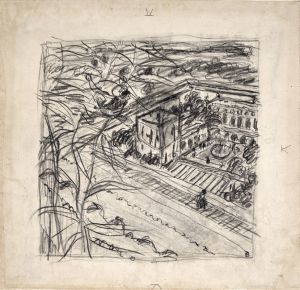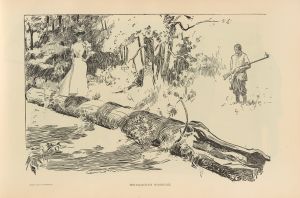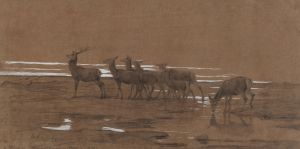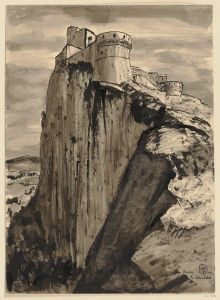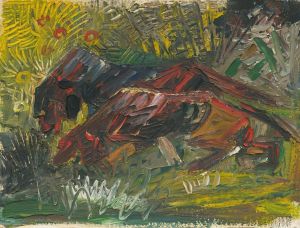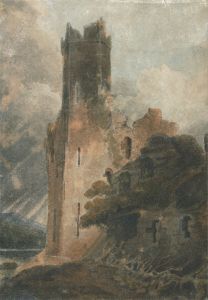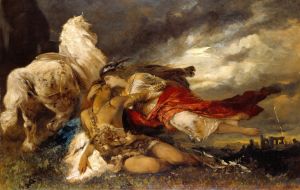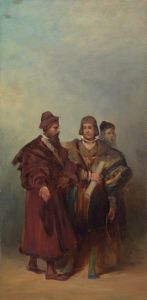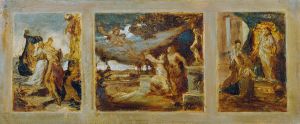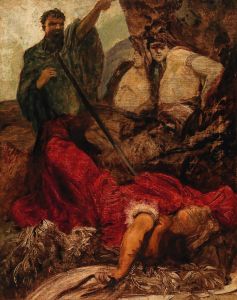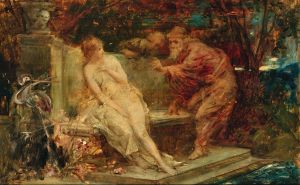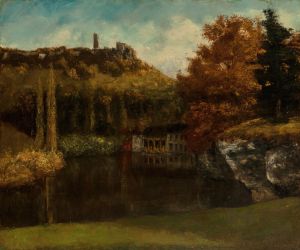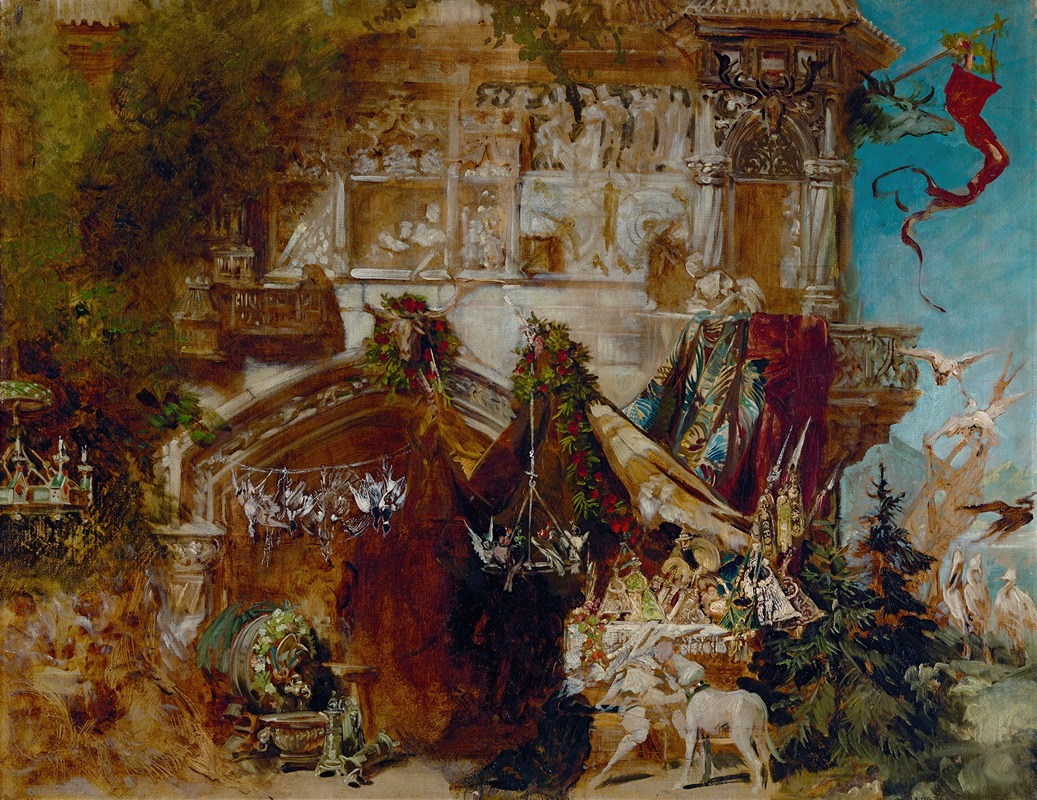
The Hunting Castle
A hand-painted replica of Hans Makart’s masterpiece The Hunting Castle, meticulously crafted by professional artists to capture the true essence of the original. Each piece is created with museum-quality canvas and rare mineral pigments, carefully painted by experienced artists with delicate brushstrokes and rich, layered colors to perfectly recreate the texture of the original artwork. Unlike machine-printed reproductions, this hand-painted version brings the painting to life, infused with the artist’s emotions and skill in every stroke. Whether for personal collection or home decoration, it instantly elevates the artistic atmosphere of any space.
"The Hunting Castle" is a painting by the Austrian artist Hans Makart, who was a prominent figure in the 19th-century art scene. Makart was born on May 28, 1840, in Salzburg, Austria, and he became known for his historical and allegorical paintings, which were characterized by their vibrant color, dynamic compositions, and dramatic themes.
"The Hunting Castle" is one of Makart's lesser-known works, and there is limited information available about the painting itself. Makart's oeuvre often depicted grand historical scenes, opulent interiors, and elaborate costumes, reflecting the tastes of the Viennese society of his time. His style was influenced by the Baroque and Rococo periods, and he was known for his ability to capture the splendor and decadence of the era.
Makart's influence extended beyond painting; he was also involved in theater design and interior decoration. His work had a significant impact on the cultural life of Vienna, and he was a favorite of the aristocracy and the bourgeoisie. Makart's studio became a social hub, attracting artists, intellectuals, and patrons.
Despite the lack of specific information about "The Hunting Castle," it can be inferred that the painting likely features elements typical of Makart's style, such as rich color palettes, detailed costumes, and a sense of movement and drama. His works often celebrated the grandeur and excess of historical and mythological subjects, and "The Hunting Castle" would presumably align with these themes.
Hans Makart's legacy is evident in the way he shaped the visual culture of his time. He passed away on October 3, 1884, in Vienna, but his influence continued to be felt in the art world. His approach to painting and his ability to blend historical accuracy with artistic flair made him a key figure in the development of 19th-century European art.
In summary, while specific details about "The Hunting Castle" are scarce, Hans Makart's reputation as a master of historical and allegorical painting provides context for understanding the likely characteristics of the work. His contributions to art and culture in Vienna during his lifetime were significant, and his legacy endures through his influence on subsequent generations of artists.





